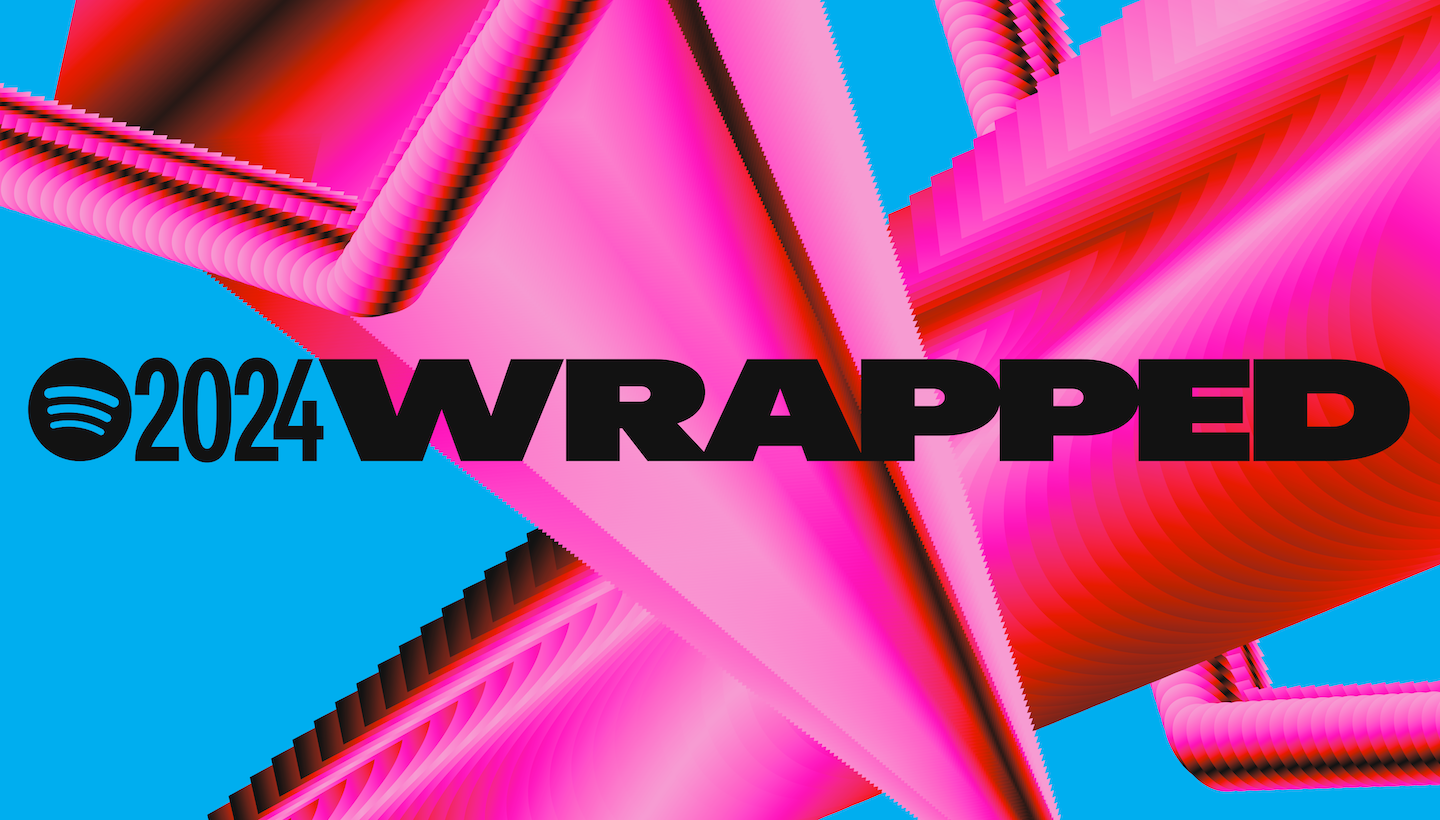
Spotify Wrapped is officially here, and with it comes your highly personal look back at how you soundtracked your year.
We know your year in review evokes all the feels, but perhaps you’d like a bit more insight into all the ways your listening and our lists come together. From the skilled team of music editors who help develop Wrapped to the ace engineers who are evolving our tools to better fit your listening habits, it’s truly art and science working side by side.
We caught up with JJ Italiano, Spotify’s Head of Global Music Curation and Discovery, and Molly Holder, Spotify’s Senior Director of Personalization, to reveal more about the magic behind Wrapped.
Happy Wrapped launch to you both! First, how does our annual experience highlight the work of both our brilliant tech team and the expertise of our editorial team?
JJ: The work of Spotify’s editorial experts is grounded in a deep understanding of music culture. We are always working as a global team of music editors to identify and amplify trending songs, stories, and artists to the user—and, crucially, to contextualize those moments in curated playlists or other editorial offerings to help users form a deep, lasting connection to the track or artist.
Spotify Wrapped gives listeners a chance to look back at the artist and track connections they’ve made over the course of the year through their personalized Wrapped list while also exploring some of the songs and artists that helped define the year in music culture more broadly through our editorial end-of-year Wrapped playlists.
Molly: The beauty of Wrapped is how much it reflects each individual user. Whether it’s your top song, total minutes listened, or favorite artist, 2024 Wrapped celebrates how you listened this year.
We believe that great personalization fuels discovery: We’re powering nearly 2 billion music discoveries every day, connecting listeners with artists and genres they might never have found otherwise.
In addition to the work JJ and his team are doing, we’re excited to launch several brand-new personalized Wrapped features this year. From innovations like Your Music Evolution to the expansion of our AI-driven tools (such as AI DJ, AI Playlist, and Wrapped AI Podcast), users will have even more ways to explore the songs that defined their year.
JJ, can you share more about how the work of Spotify’s editorial team influences what users discover throughout the year, culminating in what shows up in their Wrapped?
JJ: Over the course of the year, our editors around the world are constantly monitoring new music and cultural trends to identify important rising tracks and artists. We look at a vast range of qualitative and quantitative signals both on- and off-platform which inform our editorial decisions.
We also continuously monitor in-playlist performance to understand what tracks and artists users are responding to. This helps signal what tracks should be added to more playlists. Your Wrapped may be comprised of artists that you’ve discovered anywhere on Spotify, including our editorial surfaces.
Molly, building on that, how do Spotify’s algorithms use those editorial selections to enhance personalized recommendations outside of Wrapped to ensure our users are discovering new music all year round?
Molly: Spotify personalization is a mix of giving you what you like while pushing you a bit outside your comfort zone, too. We learn about what you like based on the ways you interact with Spotify, and our personalization technology takes into account a number of signals that you, as users, provide. For example, as you add songs to a playlist, listen to an entire song, skip a song, or engage with an artist, it sends us clear signals that help us tailor our programming to your taste.
But it’s also our job to determine when we should introduce you to something new. That’s when we consider certain additional factors, such as signs of popularity and how other users are engaging with tracks. We also rely on our editorial team, who play a crucial role in curating playlists and, through their knowledge, intuition, and expertise, help teach our machines.
Recommendations are shaped by a number of signals, each contributing to the decision of whether a track should be suggested to a user. While these signals are weighted differently, listener satisfaction is always a priority, and we only recommend music we think listeners will want to hear. For more information on the most significant inputs that drive our personalization, you can learn more here.
How does Spotify use both human curation and algorithms to combat repetitiveness in recommendations?
Molly: Finding the right balance between familiarity and discovery is incredibly difficult. One reason is that music is different from other formats. On other platforms, you may consume a piece of content once and then never revisit it again. On Spotify, you can listen to the same song dozens of times, so we know that some repetitiveness is good.
But we don’t just paint by numbers. We listen to our users and the descriptive way they are saying they’d like to see us better balance familiarity with discovery, new with old, music with podcasts and audiobooks. We take that qualitative feedback to heart just as much as we weigh the quantitative signals when we make decisions about what to tweak in our algorithms.
Can you share how human expertise and algorithms have worked together to propel a song or artist to success on Spotify?
JJ: One of this year’s most compelling examples would be Charli xcx’s BRAT album and the associated cultural moment, “brat summer.” Our editors were able to hear the album early and identified it as one of the top stories of the summer to come. As the album rollout and cultural conversation accelerated and branched off into new tracks and trends, our editors worked to reflect each moment rapidly and participate in the conversation holistically throughout our editorial surfaces.
BRAT not fitting neatly into any one genre gave us the opportunity to stretch our genre remits and work collaboratively to support her across multiple playlists and destinations on platform. Not only did Charli land on the cover of our New Music Friday playlist on album release day, but also on the covers of hot girl walk, Party Hits, and hyperpop, which helped us target the music to audiences outside of her traditional genre lanes. Watching the data allowed us to find more places for BRAT to be discovered on platform, and served to the right users.
Molly: As I mentioned, recommendations are powered by data. But there are instances—like when an artist releases a new track—where there’s little to no listening data available.
In those cases, we look at additional factors, such as signs of growing popularity. For example, if a song is climbing the charts, it becomes a valuable signal for our recommendation algorithms.
Another key factor is input from JJ’s team, whose cultural expertise helps identify songs they believe our users will enjoy. And this year, we’ve seen some amazing breakout success from artists all over the world. Check out our 2024 Wrapped top lists to see what our listeners have deemed the songs, artists, and albums of the year!
Explore your personalized 2024 Wrapped and learn more about this year’s campaign and experience on our 2024 Wrapped hub.
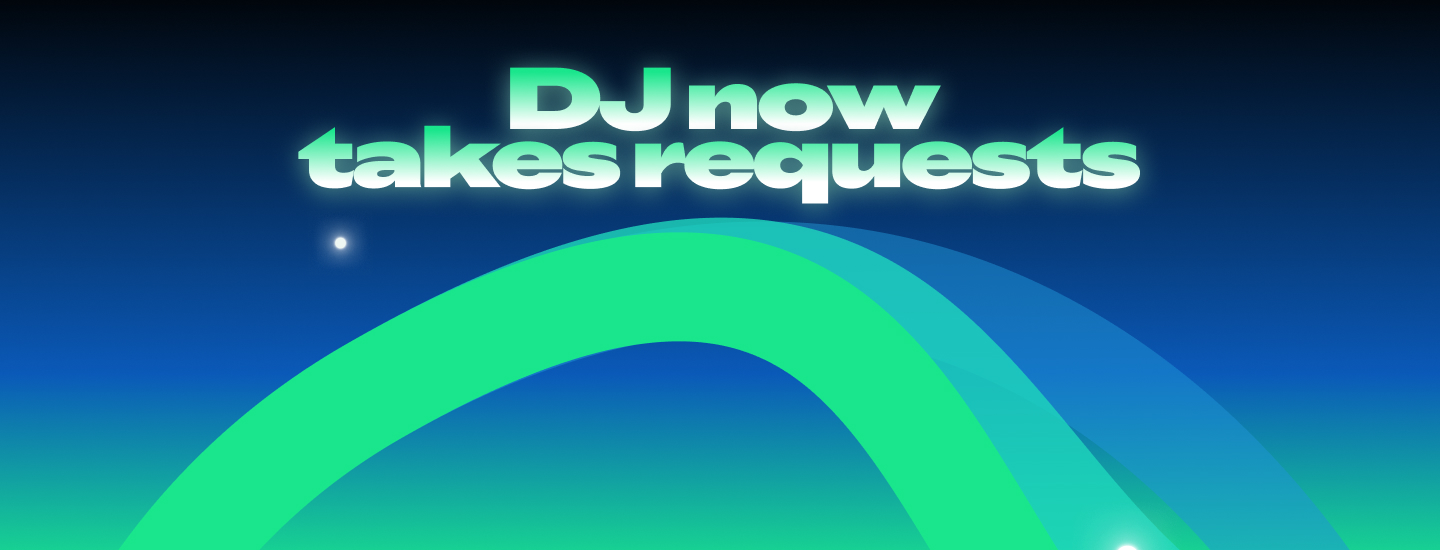







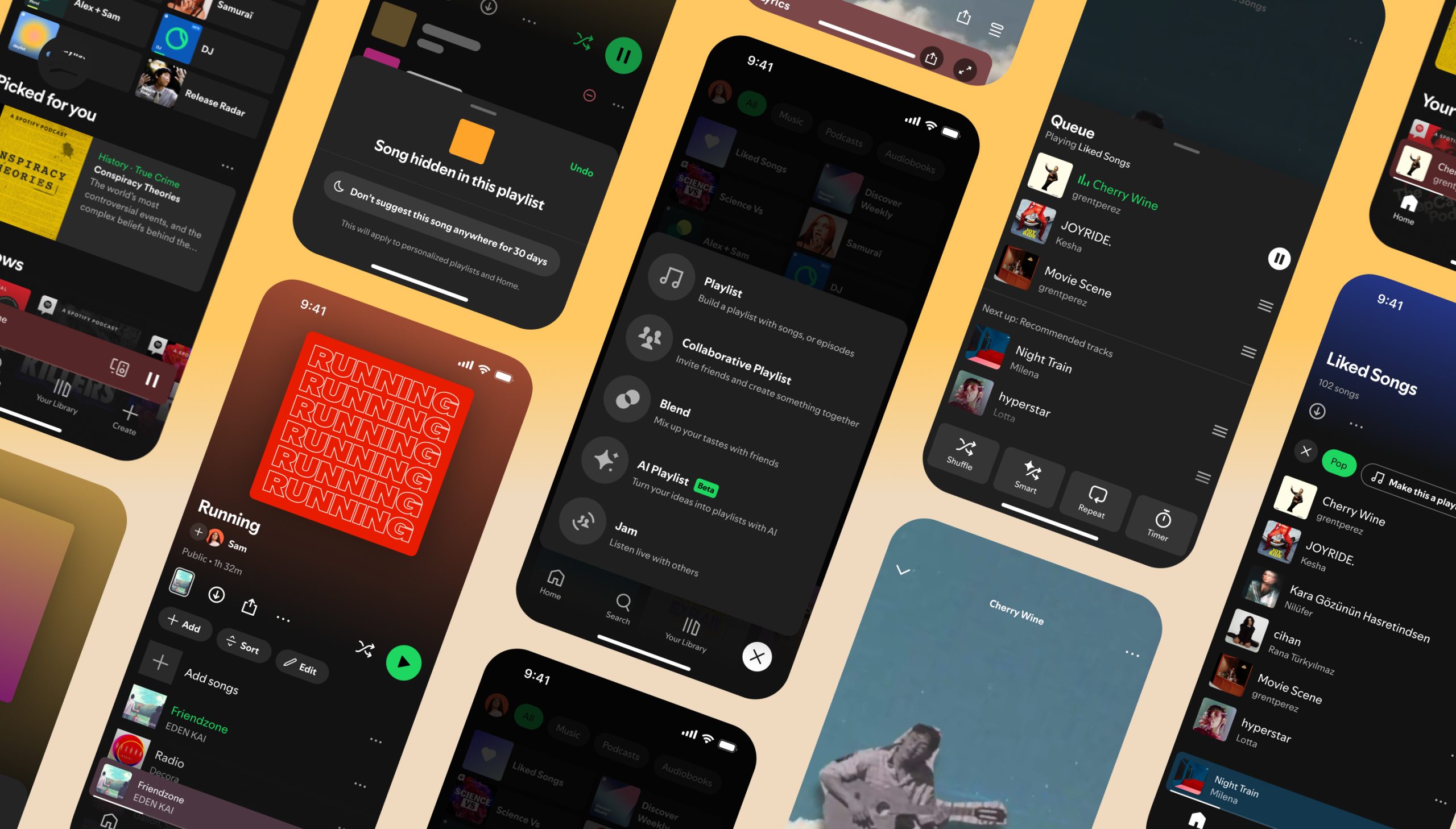
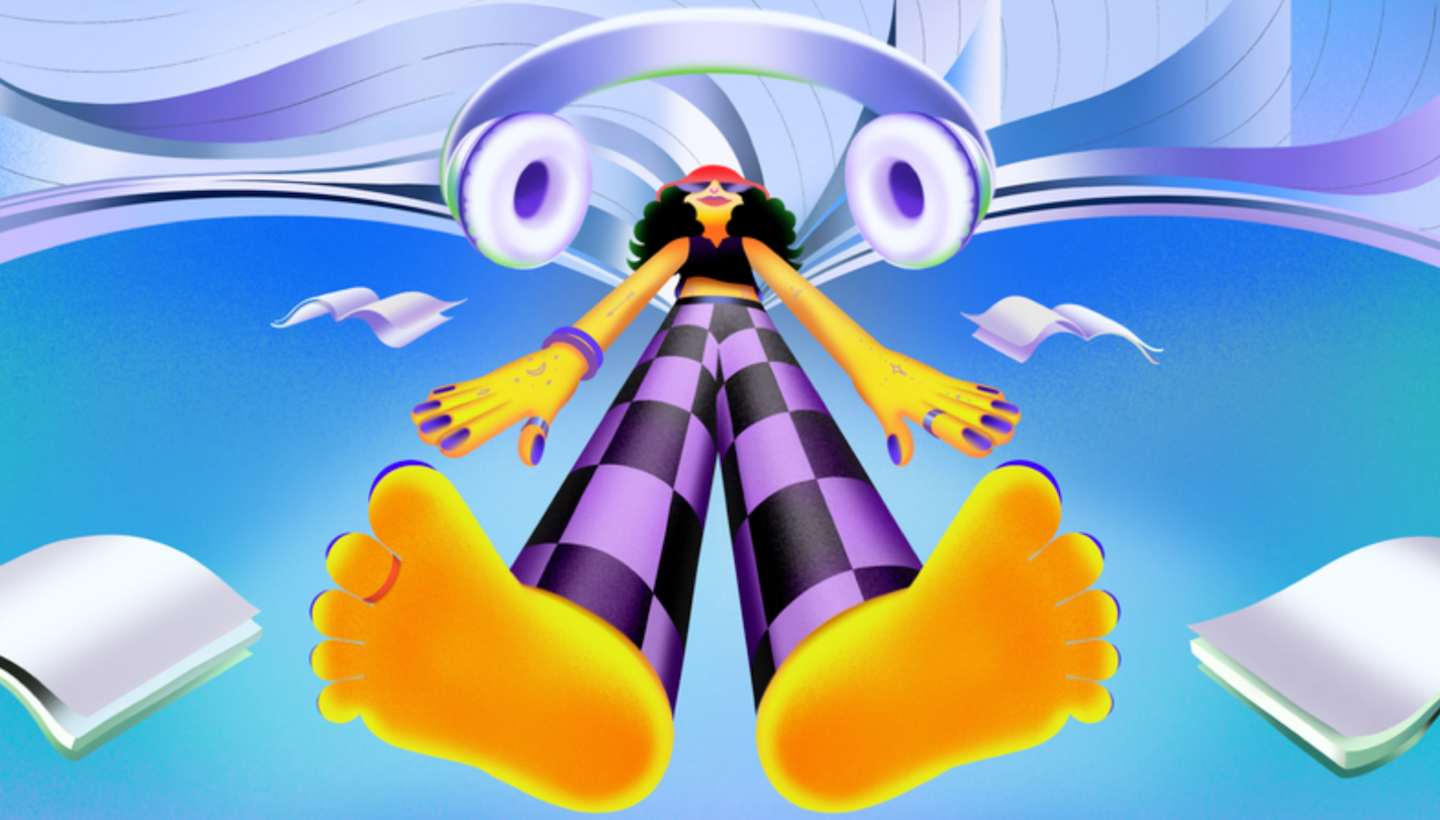
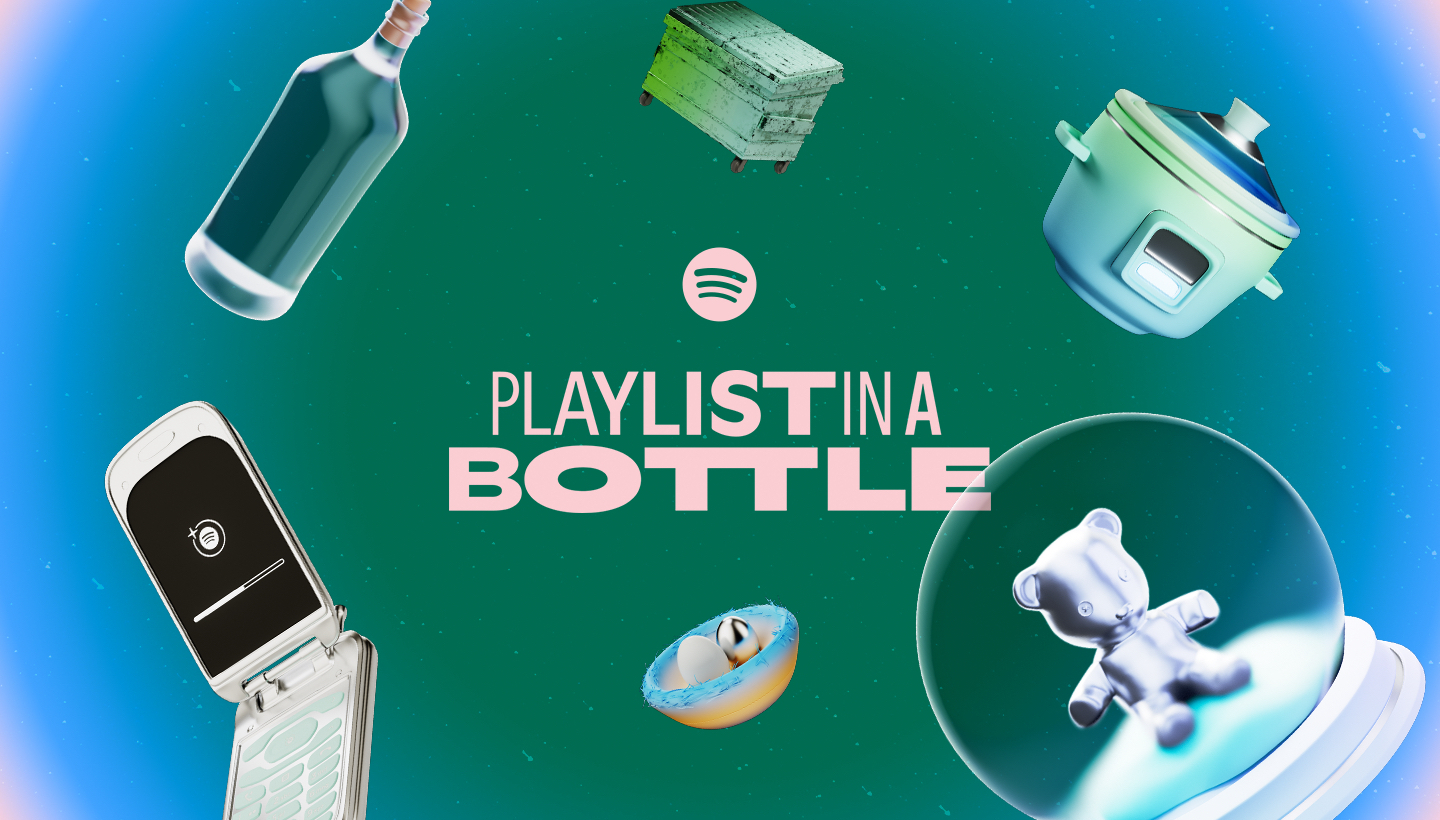




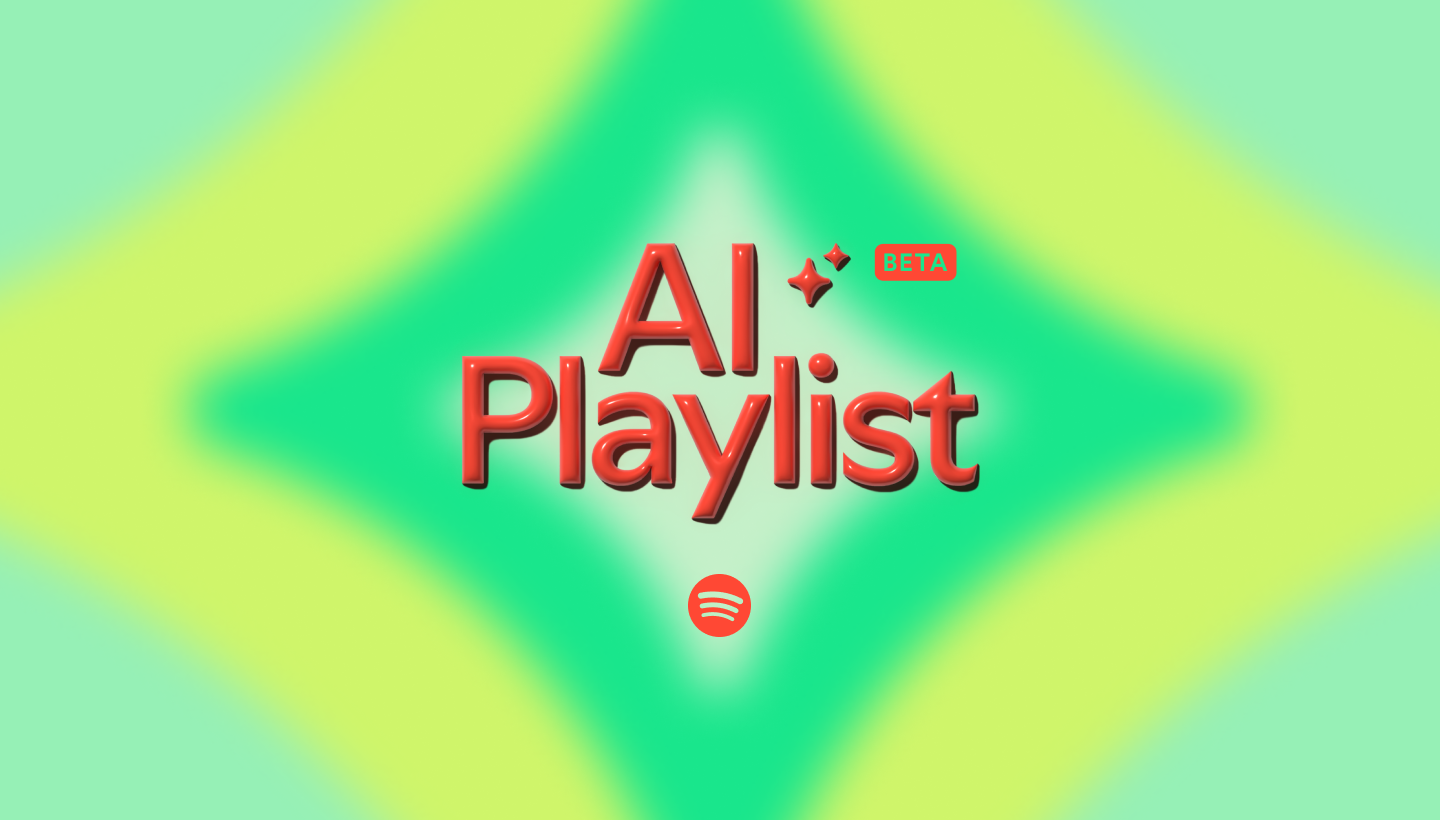





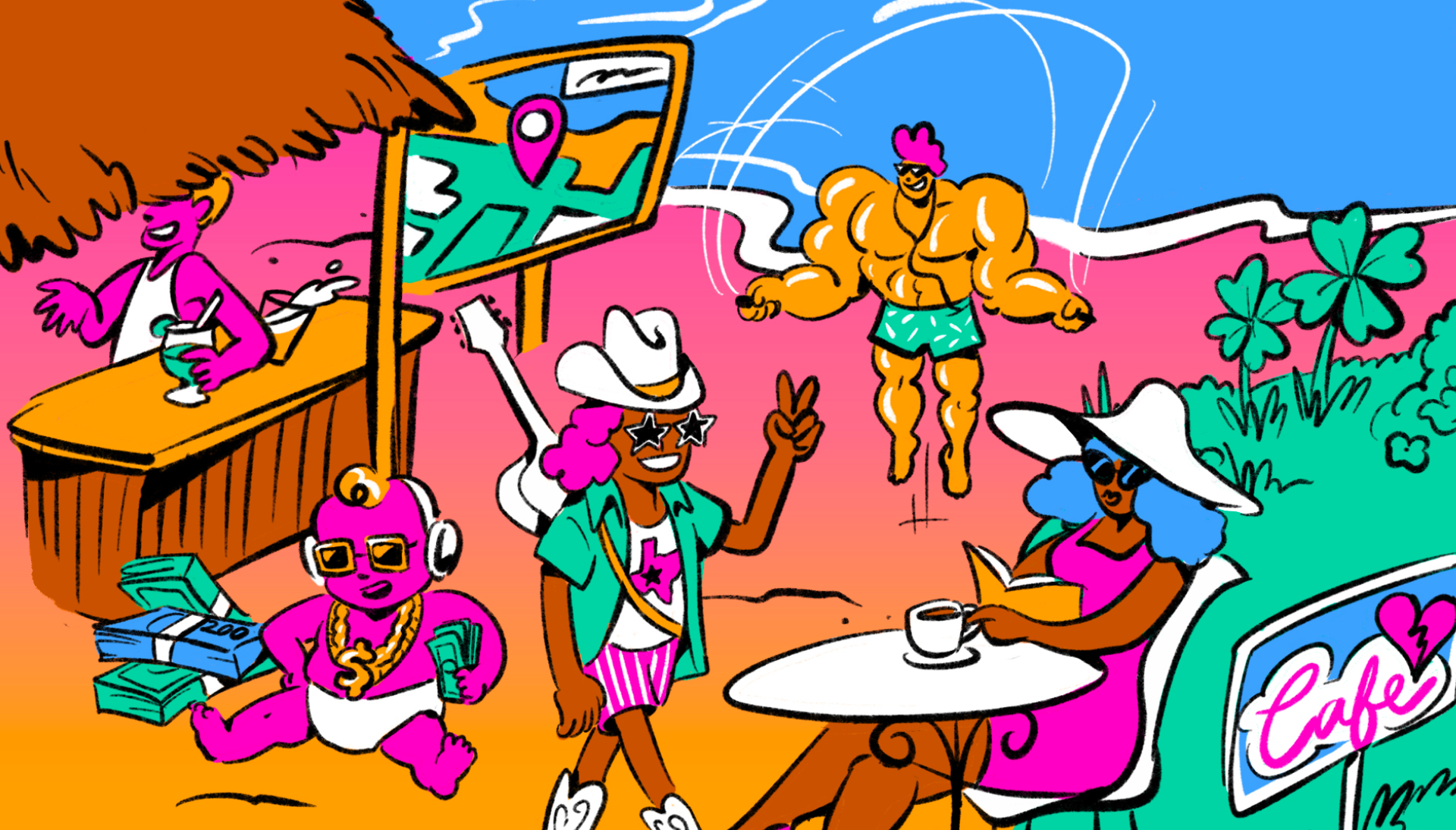
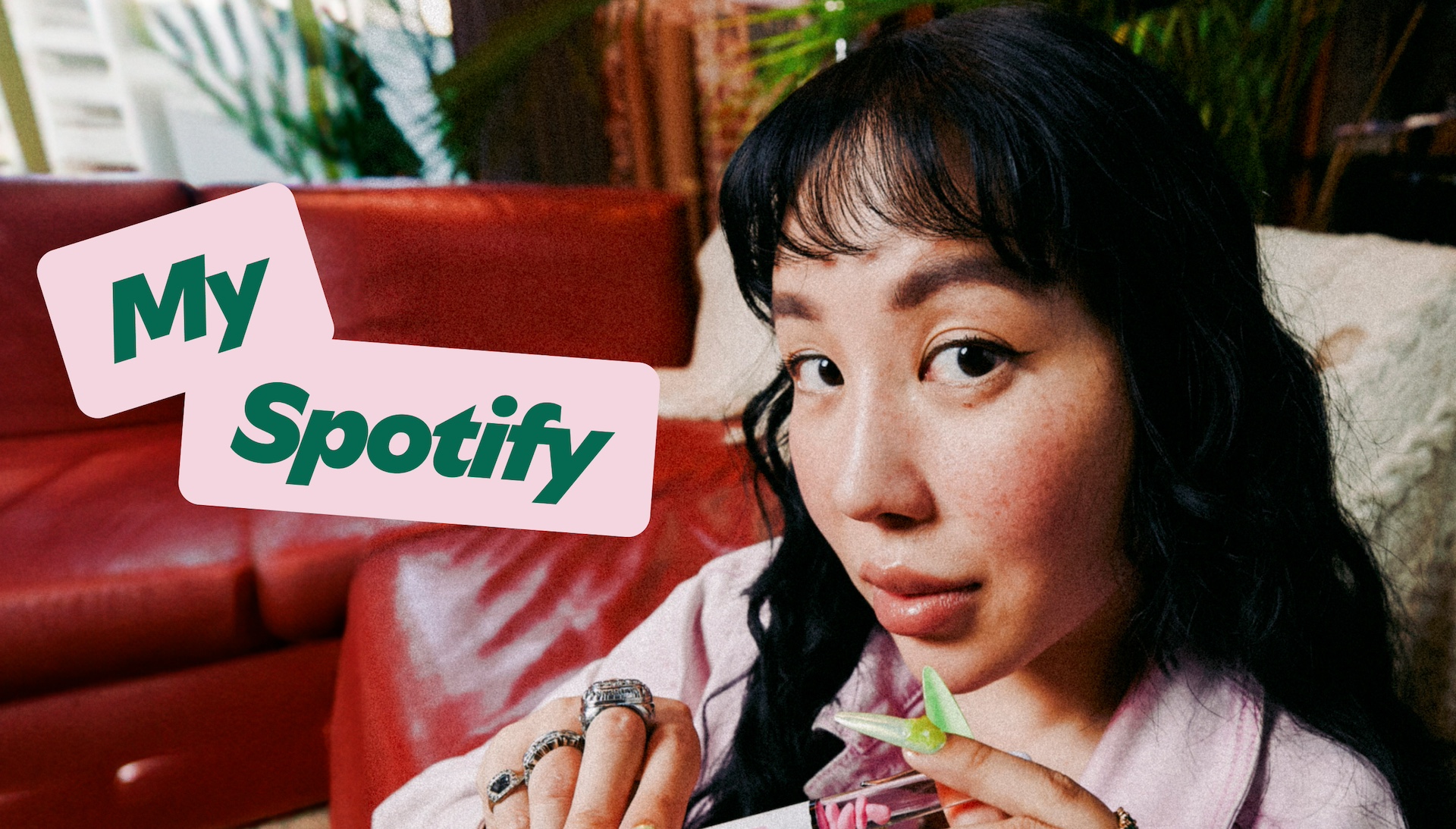
Recent Comments